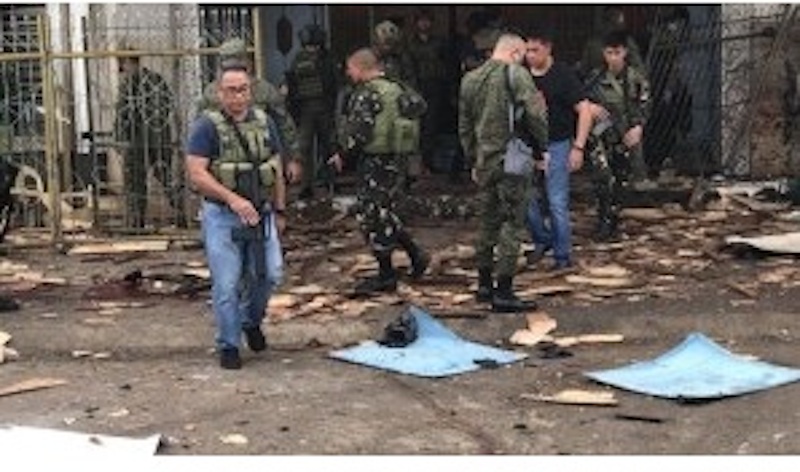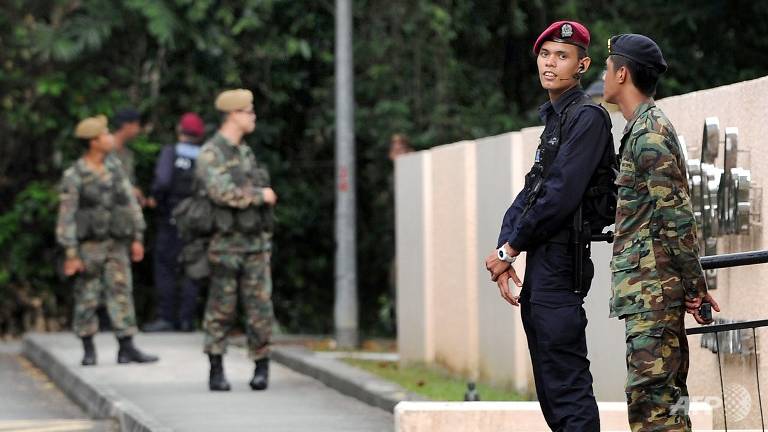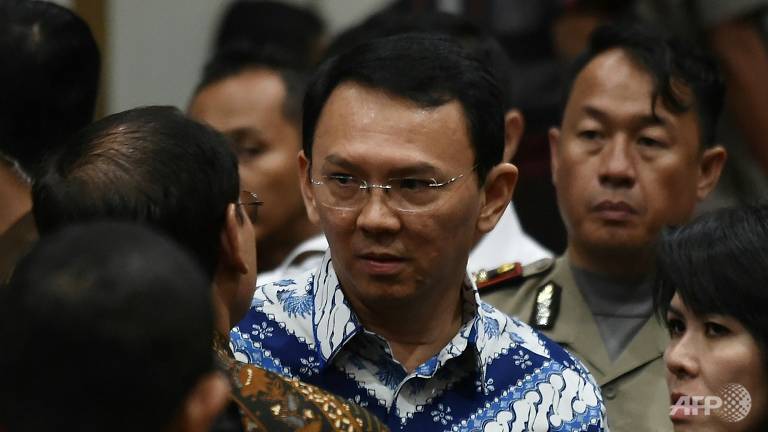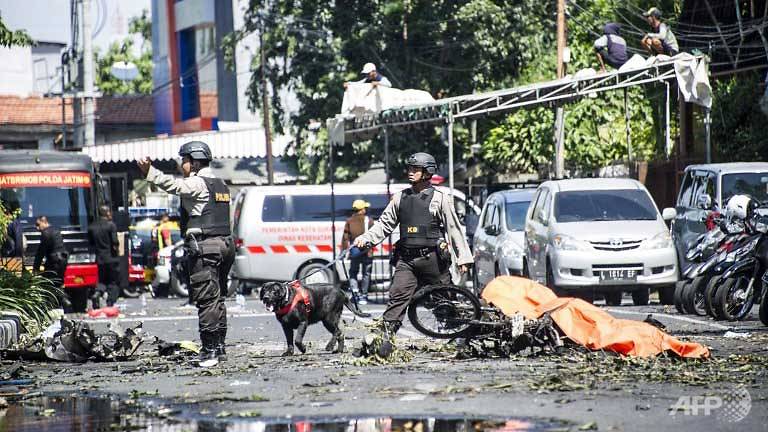
CAGAYAN DE ORO CITY (MindaNews/04 February) – The main suspect in the twin bombings of the Our Lady of Mount Carmel Cathedral in Jolo, Sulu and four others had surrendered, police said on Monday.
Police Director General Oscar Albayalde said Kammah L. Pae alias Kamah surrendered after a week of relentless police and military operations following the January 27 blasts that left 23 persons dead and 95 others wounded.
Earlier reports said 22 persons were killed and over 100 others were injured.
The blasts came days after the island province of Sulu rejected in a plebiscite the Organic Law for the Bangsamoro Autonomous Region in Muslim Mindanao.
Albayalde said Pae or Kamah was allegedly part of the team that escorted the “suicide bombers,” an Asian couple, to the cathedral last Jan. 27.
He said the suspect is one of the leaders of the Ajang-Ajang group composed mostly of orphans of the Abu Sayyaf.
He identified those who surrendered with Kamah as Albaji Kisae Gadjali alias Awa, Rajan Bakil Gadjali alias Radjan, Kaisar Bakil Gadjali alias Isal and Salit Alih alias Papong.
“They are believed to be responsible and conspired for the terrorist attack at the Our Lady of Mt. Carmel Cathedral where 23 persons died and 95 others were wounded,” Albayalde said in a statement that gave different figures on the persons who were killed and wounded in the blasts.
Earlier, the PNP presented CCTV clips of alleged suspects, who later turned out to be students. They were cleared after an investigation.
Albayalde added 14 more suspects remain at large including the alleged mastermind, Hatib Hajan Sawadjaan, leader of the ISIS-linked Abu Sayyaf.
The official identified some of them as Sawadjaan, the alleged leader; Makrim J. Habbisi, alias Makrim; Barak Ingug, alias Barak Abdulgani; Usman alias Ubin; a certain Arab Puti; and nine “John Does.”
He said the plan to bomb Mt. Carmel cathedral started on Jan. 7, 2019 when Usman and a certain Muksin tried to assemble the improvised explosives in Barangay Latih, Patikul town in Sulu.
Usman and Muksin later abandoned the bomb-making effort, according to Albayalde.
He said Sawadjaan met Usman and Muksin and gave them money to proceed.
He said Asian suicide bombers arrived in Jolo by pump boat from nearby Lampinigan Island on Jan. 24.
He said Papong, Awag and Radjan met the couple and later had an alleged meeting with Sawadjaan to plan the bombing.
Albayalde said both foreigners carried black trolley bags.
“It is believed that the Indonesian woman detonated the 1st IED inside the Jolo cathedral while the man detonated the second IED at the church entrance seconds later,” he said.
He said police forensic technicians were able to reconstruct the bombs and found out that the bombers used common GI pipes that served as casings.
“It possibly contained ammonium nitrate-fuel oil compound as primary explosive charge and boosted by secondary explosives possibly PETN, TNT or RDX,” he said.
He said the bomb designs and composition were similar to those used and detonated by the Abu Sayyaf in the past.
‘No suicide bombers’
The military last week dispelled the possibility that the explosions were the handiwork of suicide bombers.
Quoting unnamed wounded victims, Armed Forces of the Philippines Public Affairs chief Col. Noel Detoyato said on Tuesday last week that a woman hid the bomb in a bag and left it in one of the pews inside the cathedral.
He said the explosion happened after the woman left the bag.
Also last week, the military released surveillance footage of a man, supposedly Alias Kamah, triggering the explosive device.
Kamah ran away from the church with several companions moments after the explosion, said Col. Gerry Besana, spokesperson of the military’s Western Mindanao Command.











